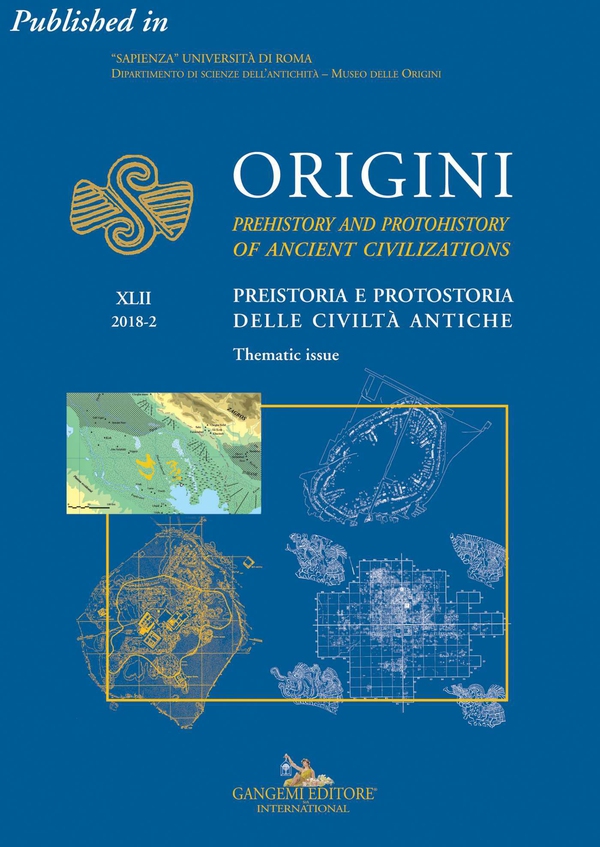Per gli acquisti online: spese di spedizione gratuite da 25€ - Per i soci Coop o con tessera fedeltà Librerie.coop gratuite a partire da 19€.
EBOOK - epub

Introduction. The many dimensions of the city in early societies
Protezione:
Adobe DRM
€ 6,99
Dettagli
| FORMATO | epub |
| EDITORE | Gangemi Editore |
| EAN | 9788849244076 |
| ANNO PUBBLICAZIONE | 2019 |
| CATEGORIA |
Scienze sociali Antropologia Sociologia |
| LINGUA | eng |
Dispositivi supportati
Computer
E-Readers
iPhone/iPad
Androids
Kindle
Kobo
Descrizione
One of the main issues considered in this volume, and also one of the themes on which Adams, as well as Childe, built the foundations for all subsequent analysis and debate, is the 'city', viewed in terms of its social and economic dimensions, its origins, its links with the territory and the natural environment, and the social, economic and political 'change' of which it was the core (Childe 1950; Adams 1966, 1981, 2004). When, after the sad death of Robert McC. Adams in 2018, I launched this proposal to dedicate a special volume of the journal Origini to him as a tribute to his memory, I had set out to write a paper focusing on the comparative analysis of the similarities and differences in the early developments of the so-called 'urban' societies in two crucial areas of the Near East, both bordering on and interacting with the site of Arslantepe, where I have worked for more than 40 years: Mesopotamia and Anatolia. I realised at once the heavy task I had before me if I wanted to offer a step forward in the debate on this issue. A comprehensive re-examination of the features of what has been called 'city' in Anatolia and in Mesopotamia in the 4th and 3rd millennia BCE would demand a very thorough examination of the many new data obtained in recent years in these regions in order to face the complexity of the processes that have led, in a variety of contexts and through varying trajectories and outcomes, to the development of societies more or less appropriately defined as 'urban'. Following Adams, I believe that in order to explain in broader terms such substantial phenomena as the rise of urban life and state-like political systems, we need to pursue a sense of ascending scales of abstraction (Adams 2012: 2), while nevertheless basing it on a thorough analysis of data describing individual events and historical phenomena. Both approaches are necessary if we want to address the whole issue of the causality of the phenomena, which alone can answer the deeper anthropological and historical questions and make our research meaningful (Frangipane 2018). Even the very concepts of 'city' and 'state' have often remained vague and insufficiently precise due to the complexity and the variability of the phenomena at issue in crucial moments of their first appearance in different geographical and socio-economic contexts. Once again, we may say with Adams that: Advancing further in the (never fully attainable) direction of comprehensive causal understanding is a goal always to be sought, but it requires frank recognition of the complexity of processes leading to sociocultural change (Adams 2012: 4-5).
